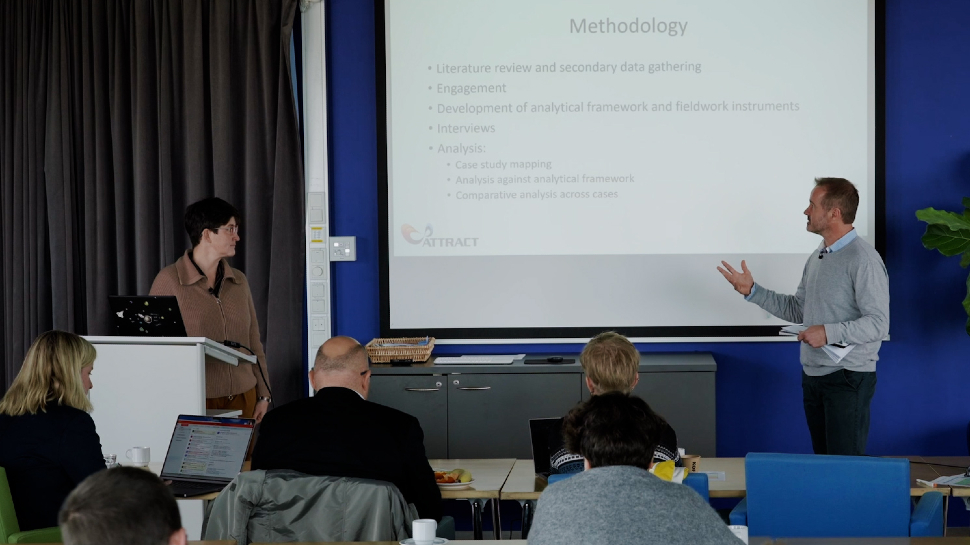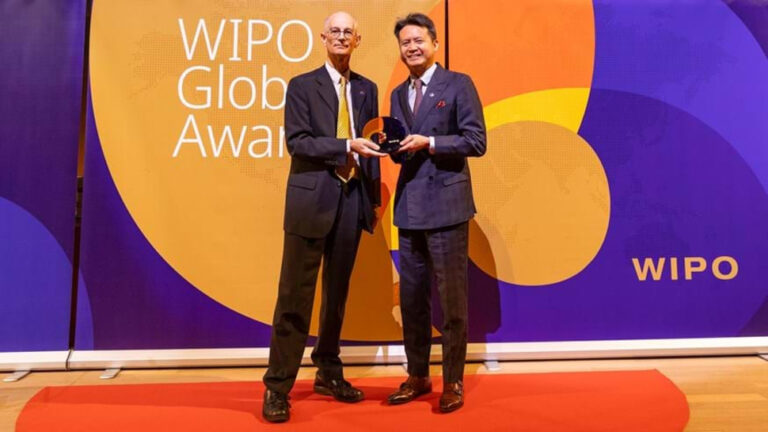CASEIA is one of the eight Socioeconomic Studies funded under ATTRACT Phase 2, and it focuses on comparative analysis to better understand how the support offered through Phase 1 has led to impacts such as strengthened innovation ecosystems, commercial applications of innovation, skills development, and broader social goods.
CASEIA aims to measure the ATTRACT initiative through three case studies as well as to develop a toolbox that allows them to measure the impact of big science beyond econometrics. It is coordinated by the Facility for Antiproton and Ion Research (FAIR) in partnership with Fraunhofer-Gesellschaft, Human Sciences Research Council South Africa and Steinbeis.
Discover more about this project through this interview with Sonia Utermann, coordinator of CASEIA.
What is your personal and career journey so far?
I decided to study physics, so, I did my bachelor’s in England, I did my master’s in Germany, and I did my PhD at the University of Göttingen and the Max Plank Institute for dynamics and self-organization. After my PhD, I decided to leave the laboratory for good. I enjoy laboratory work, but I enjoy letting other people do the laboratory work better. And so now I work in science management supporting the people who do really the work in the lab.
What is the idea of the project? And how did it come about?
ATTRACT is an experiment about how to get all of the brilliant ideas that exist in big science infrastructures and get them out into the world in such a way that it creates value, it creates impact for society at large, and the socioeconomic projects like CASEIA, are there to measure the results of this experiment. So that would be our first goal to measure what ATTRACT has done and what recommendations we have for a second intervention along the lines of ATTRACT. Our second objective is really to develop a toolbox that allows us to measure the impact of big science beyond econometrics.
Which partners are involved and how did you find them?
I’m a physicist by trade. So, I was looking in my first instance for somebody who was experienced in social science, and that was how I contacted Michael Gastrow, he’s a professor and leads the Impact Institute at the Human Sciences Research Council in South Africa, and he has a history of looking at the social, the human impact of big science. Also on the team, we have Arne Jungstand, who has an entire career of experience in governance and the politics behind big science. Finally, we have Ulrich Schmoch, who works at the Fraunhofer Institute for Innovation Systems Research, and he knows all about the theory behind innovation and how ideas get out there and how those ideas can have an impact on society.
What can be the impact of CASEIA on ATTRACT?
We have some preliminary findings, and those will be recommendations that we give for a future version of ATTRACT or some other intervention. So that is our major contribution, and the second is, in the longer term, we hope to develop and refine our method so that CASEIA is acting as a pilot study for a broader look at how innovation impact comes about from big science.
How do you envision participating in this project will contribute to your personal and professional development?
I think the most significant positive influence that CASEIA has had on me professionally is getting to know from the perspective of social science, how big science affects society. It’s been a learning experience that’s broadened my horizons and it’s brought me new skills and new connections, and I look forward to continuing to learn as ATTRACT continues and hopefully when the next intervention happens, taking part in that as well.
For more information
Visit the CASEIA project site.


